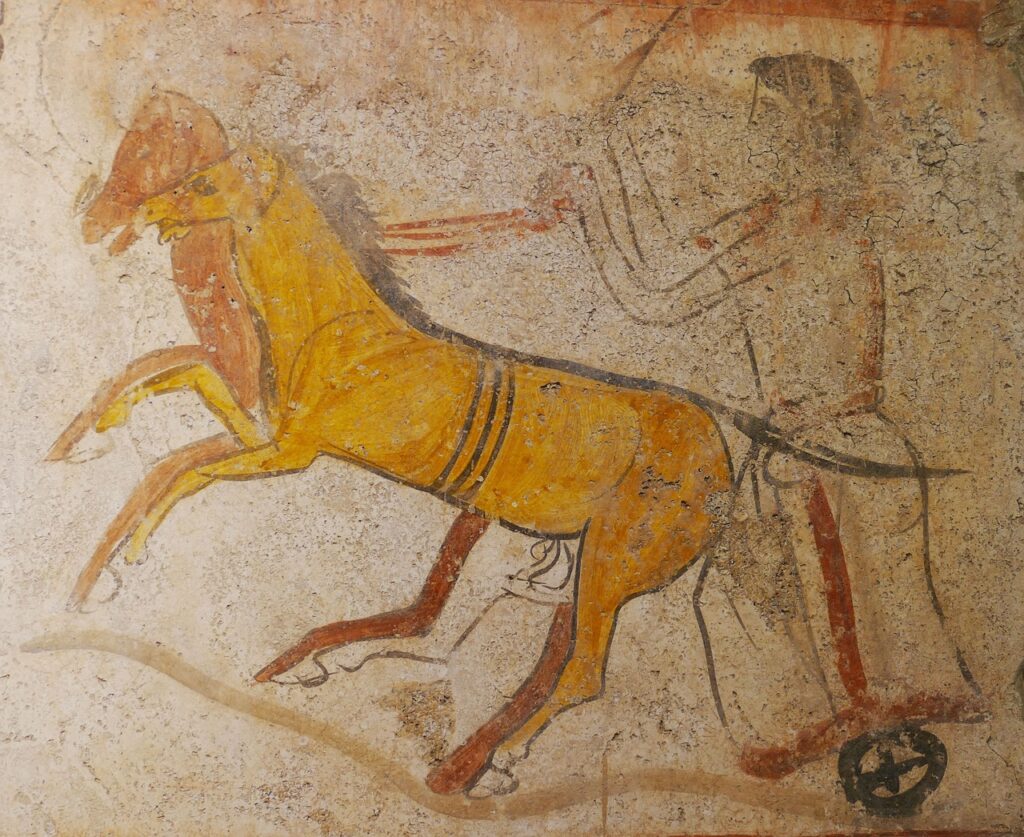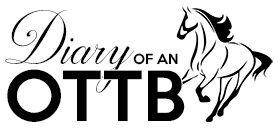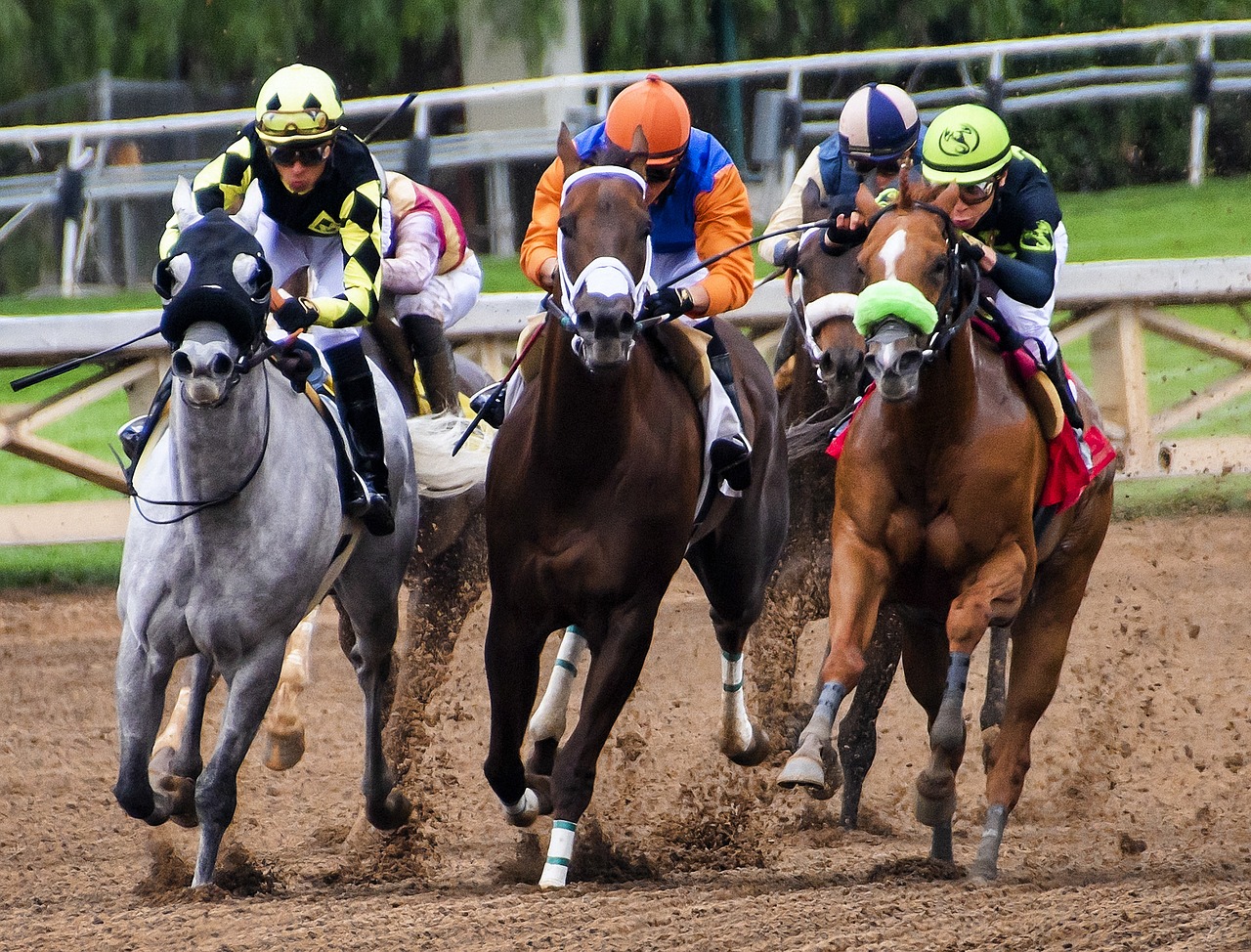We watch Thoroughbreds run in races across the world on turf and dirt, in claiming races and million dollar graded stakes. And when they don’t turn out to be everything their breeders’ or connections’ hoped they’d be, they might have even found a second or third or fourth career in our own backyards.
But do you know how the Thoroughbred as a breed came to be? What prompted us to genetically engineer the perfect horse for racing? The breed was created with a singular purpose in mind: speed. And to understand why we’d want horses to excel in the speed the department, we need to first understand why the Thoroughbred is almost synonymous with racing.
Today we’ll take a look at part one of this series: the beginnings of organized horse racing before the Thoroughbred and what ultimately prompted their creation.
Horse Racing Before the Thoroughbred
Horse racing is considered to be one of the oldest sports in existence, beginning as a competition of speed or endurance, or even to demonstrate a particular horse’s skill at sale, and eventually transforming into the “Sport of Kings” we know today.

The thinking goes that humans have been racing horses as long as they’ve been able to use and ride them. Some of the earliest evidence of domesticated horses can be traced back some 5500 years ago in present-day Kazakhstan, where archaeologists discovered horses with bridles and rudimentary tack, suggesting they were also being ridden and worked. Early horse racing can be found in the cultures of Ancient Greece, Rome, Babylon, Syria, and Egypt, where chariot racing and riding competitions were featured in festivals and the Ancient Olympics as early as 700 BC.
I mean, we’ve all seen clips of Ben Hur’s chariot race so I can only imagine how brutal any ancient horse racing was in real life. And for those of you who haven’t seen anything like this, you can check out Hollywood and Charleton Heston do their best impression below.
In Britain during the 11th and 12th centuries, racing began to get a bit more organized. King Richard I of England, who was in power from 1175-1199, held the first known horse race with a prize of £40 was awarded to the fastest knight to gallop over a 3 mile course. While Richard the I went off to fight (and later die) during the Crusades during the 11th-13th Centuries, knights began returning to England with stories of the great Arabian and Turkish stallions and Spanish Barbs, famed for their speed, endurance, and agility. Henry VIII was among the first British Monarchs to import horses from Italy and Spain, establishing stud farms during the 16th Century and beginning a tradition that has continued with the Royal Family today.
During Henry VIII’s reign, the oldest annual horse race was established in East Riding of Yorkshire with the Kiplingcotes Derby in 1519 – a four mile race across farm tracks and fields that still runs today. This year’s race in 2019 will mark the 500th year it will be run. You can check out what some of that race looks like in the video below.
The British Monarchy and aristocracy continued to shape early horse racing as Charles I died in 1649 with 139 stud horses and his successor, Charles II become known as the “Father of English Turf Racing.” He was influential in creating some of the original racing rules and guidelines at Newmarket, including the creation of the Newmarket Town Plate in 1665 or 1666. Charles II also remains the first and only monarch to have ever won a horse race as he competed for the Town Plate and won in both 1671 and 1675.

In France the first documented race was held in 1651 during the time of Louis the XIV after a wager between two noblemen. Gambling on racing during this period of prosperity was common throughout France and Britain. Louis the XVI was the first to establish an official Jockey Club.
The sport eventually organized into a few different types of races — flat racing, where horses sprint between two points in a line or on a curved track; steeplechase (or jump racing), which includes jumping over obstacles on a course; endurance racing, typically spanning a course over great distances up to a few hundred miles; and harness racing, where horses pull a cart or sulky containing a jockey.
All types of horse racing continued to attract spectators and gamblers from powerful societies throughout Europe during the 17th and 18th centuries, demanding higher stakes and more speed. Just as racing evolved so too emerged different breeds of horses with unique characteristics suited to match each respective discipline.
Enter the three Thoroughbred foundation stallions.
Which is where we’ll pick up our series in part two next week! Stay tuned and let me know what you think in the comments below!


Pingback: History of the Thoroughbred: The Three Foundation Stallions (Part 2) – Diary of an OTTB